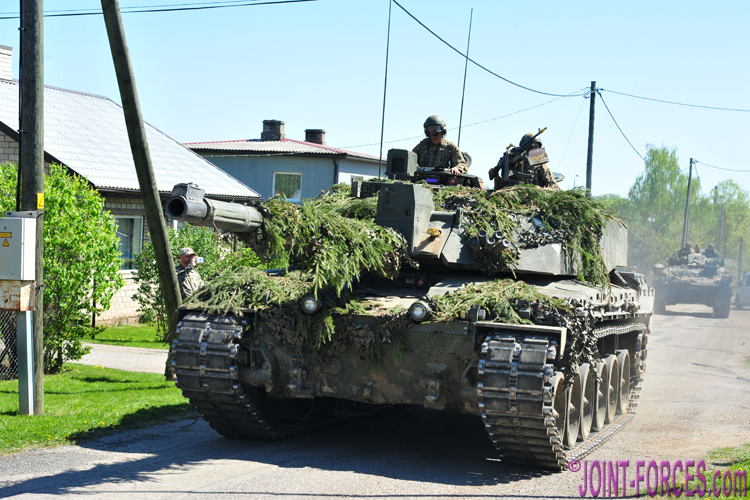
Between the 2nd and 14th May 2018 Estonia conducted the latest of the SIIL (HEDGEHOG) series of exercises, aimed at testing the readiness of its armed forces in case of an armed aggression, writes Carl Schulze.
This year’s iteration of the Estonian exercise, named SIIL/HEDGEHOG 2018, saw the participation of well over 15,000 troops including several thousand soldiers from NATO allies, including the British-led NATO enhanced Forward Presence (eFP) Battle Group Estonia (BG EST). During the second week JOINT-FORCES.com followed the Field Training Exercise phase of the exercise.
The main aim of the SIIL/HEDGEHOG 2018 combined Readiness Exercise (READEX) and Field Training Exercise (FTX) programme was to evaluate and increase the combat readiness of the active and reserve forces of the Eesti Kaitsevägi (Estonian Defence Forces) and of the Kaitseliit (Voluntary Defence League). The exercise also served the purpose of testing the ability of both formation and unit commanders to plan, prepare and execute operational tasks. Another aim of the exercise was to enhance the interoperability, at all levels, between Estonian forces and the forces of Estonia’s NATO allies.
At tactical level training, objectives included: conducting river crossing operations within a defensive frame; conducting regionally and timely limited counter-attacks; detecting and bypassing minefields; setting up a hasty defence in difficult terrain; controlling close air support and indirect fire support in support of ground forces; and conducting rearward and forward passage of line operations.

Troops of the 1st Battalion, The Royal Welsh provide flank protection with a Light Forces Anti-Tank Guided Weapon (LFATGW) Javelin [© CS]
- Phase I ~ 2nd to 4th May. Mobilisation: Forming up of the reserve forces of the Estonian Defence Forces and of the units of the Voluntary Defence League. Establishing of the exercise structure. Deployment of NATO units to Estonia.
- Phase II ~ 5th to 7th May. Collective Training: Units conducted integration training in order to get used to each other’s Standing Operational Procedures. As part of this phase the units of the Kaitseliit (Voluntary Defence League) trained all over Estonia in cooperation with police units and other services in order to protect vital infrastructure.
- Phase III ~ 8th to 12th May. Combat Operations: Conducted as free running force-on-force training in south-eastern Estonia in the counties of Viljandi, Tartu, Valga, Pölvu and Voru over an area 70 km long and 45 km wide, that also stretched into neighbouring Lithuania. During this phase the Estonian 2. Jalaväebrigaad (2nd Infantry Brigade), with assigned units of NATO allies and of the Voluntary Defence League, fought a delaying operation in order to win time to allow NATO reinforcements to be deployed.

After dismounting from their Warrior AIFV British troops engage militiamen of the Kaitseliit in Valga [© CS]
Attacking from the east, the aim of the enemy forces was to take Valga, with its strategically important railway system.
The exercise saw the participation of forces from 19 nations, namely Belgium, Canada, Denmark, Estonia, Finland, France, Germany, Iceland, Italy, Latvia, Lithuania, Poland, Sweden, Slovenia, Slovakia, Ukraine, the United Kingdom and the USA.
Among the participating forces were nearly all units of the Estonian Defence Forces and the Voluntary Defence League.
The roughly 1,000 strong British-led NATO eFP Battle Group Estonia consisted of: the 1st Battalion, The Royal Welsh; a squadron from the King’s Royal Hussars; elements of 19th Regiment Royal Artillery; 30 Armoured Engineer Squadron of 26 Engineer Regiment Royal Engineers; and elements of the Royal Military Police, the Royal Signals, the Royal Electrical and Mechanical Engineers and the Royal Logistics Corps. Also belonging to the NATO eFP Battle Group Estonia was the Vidar armoured infantry company of the Gardehusar Regimentet of the Danish Army.
The United Kingdom also participated on SIIL 18 with four Lynx Wildcat AH1 multi-role helicopters from 661 Squadron of 1 Regiment Army Air Corps.
Germany took part with a reinforced mountain infantry company of Gebirgsjäger bataillon 232 and with 3. Kompanie, schweres Pionierbataillons 901, a flotation bridge company.

Joint unit of Kaitseliit and FRDF troops boarding a US 1st Air Cavalry Brigade UH60L Blackhawk transport helicopter [© CS]
Poland deployed air defence assets, a long range reconnaissance asset and an aviation element equipped with four SU-22 fighter-bombers. France participated in the exercise with two Mirage 2000 multi-role combat aircraft.
{ images © Carl Schulze }
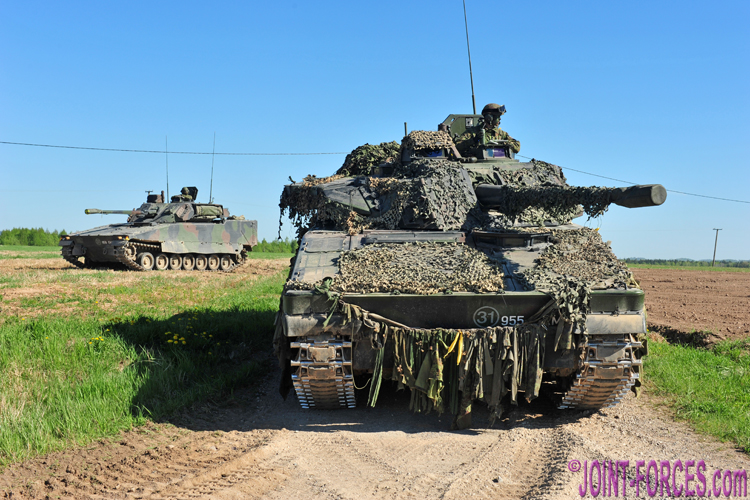
CV9035EE AIFVs of the Scoutspataljon provide overwatch while dismounted troops secure a bridge in the vicinity of Sangasta [© CS]
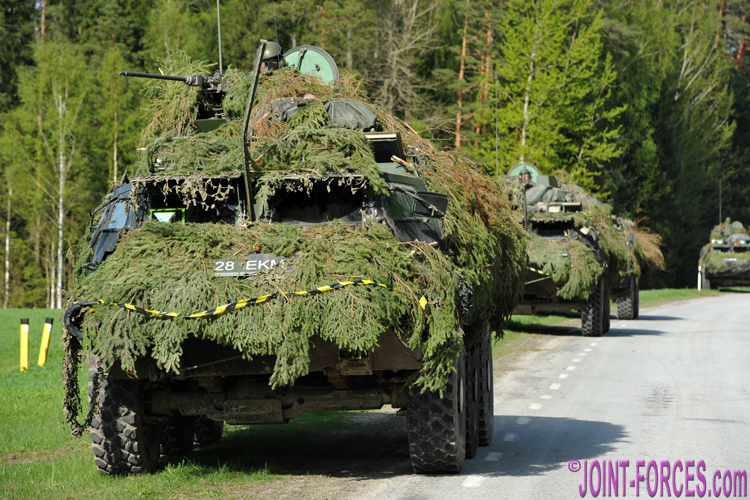
The mechanised infantry battalions of the Eesti Kaitsevägi (EDF) are equipped with different variants of the Sisu 6×6 XA series of wheeled APCs [© CS]
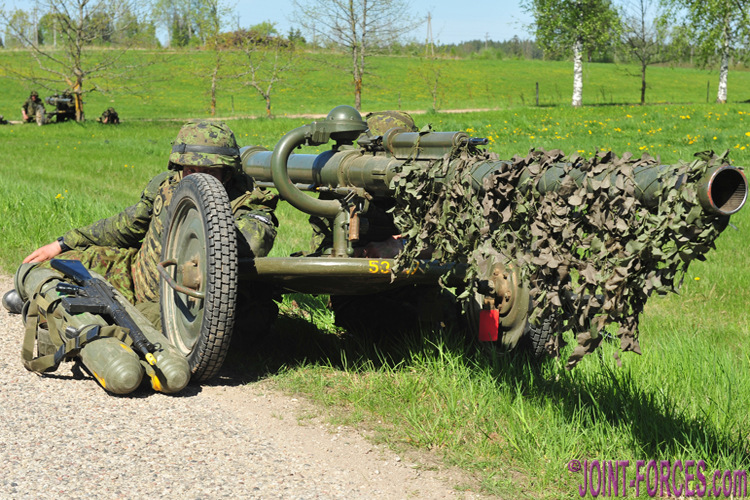
Kaitseliit volunteers have set up an ambush for advancing British troops – they are equipped with Swedish 90mm Pansarvärnspjäs 1110 recoilless anti-tank weapons and 7.62mm G3 assault rifles [© CS]
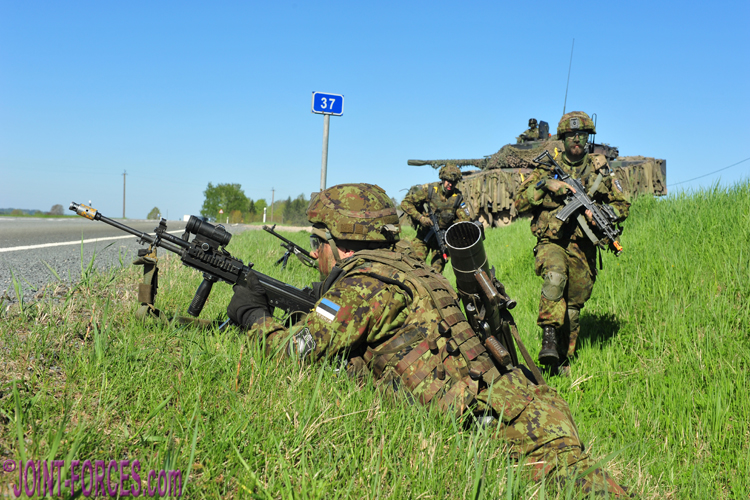
Soldiers of the Scoutspataljon dismount from a CV9035EE – these Eesti Scouts belong to the only unit of the Estonian Defence Forces entirely formed of long service professional soldiers [© CS]







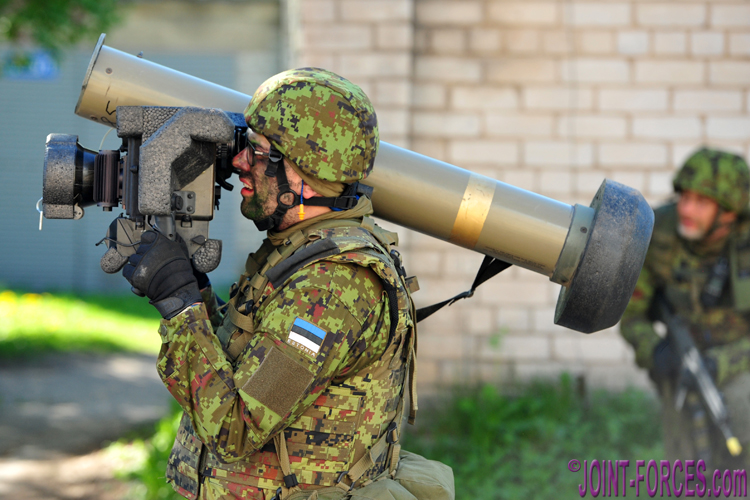
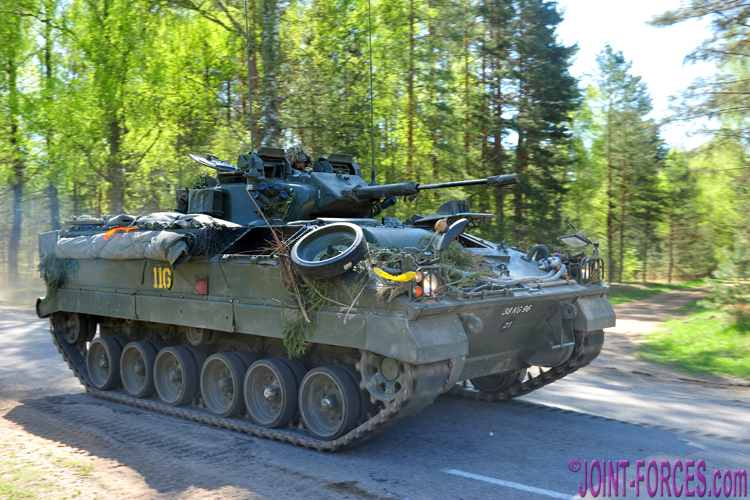
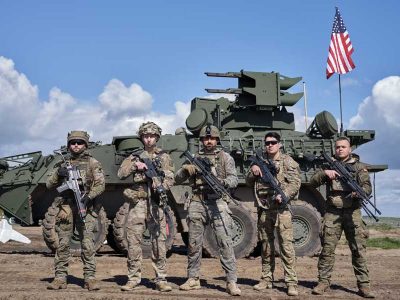
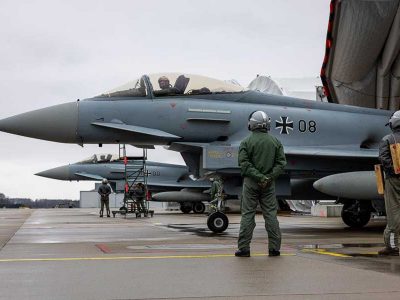
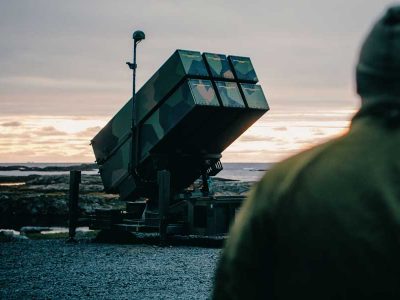
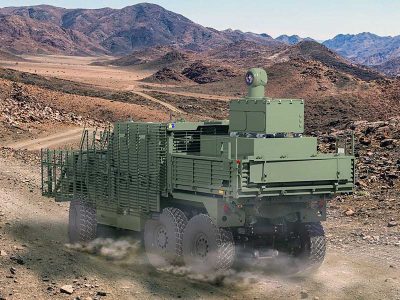



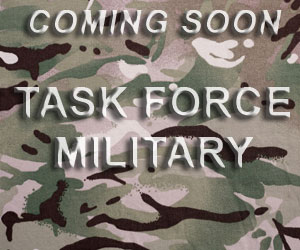
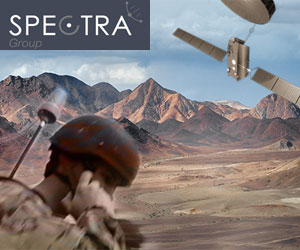









Pingback : British Army Exercises Boost Presence Across Europe | Joint Forces News